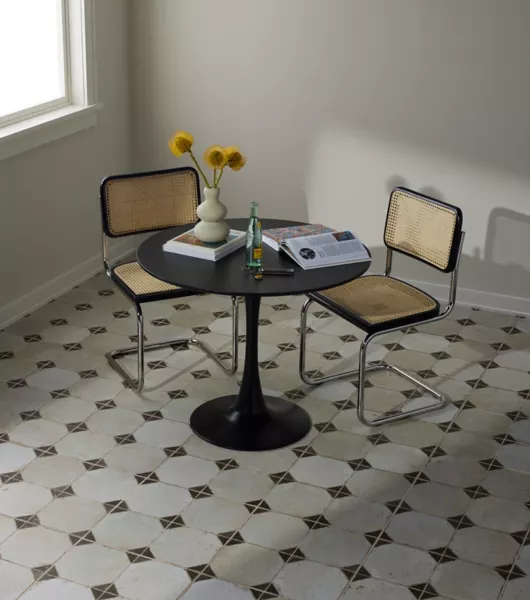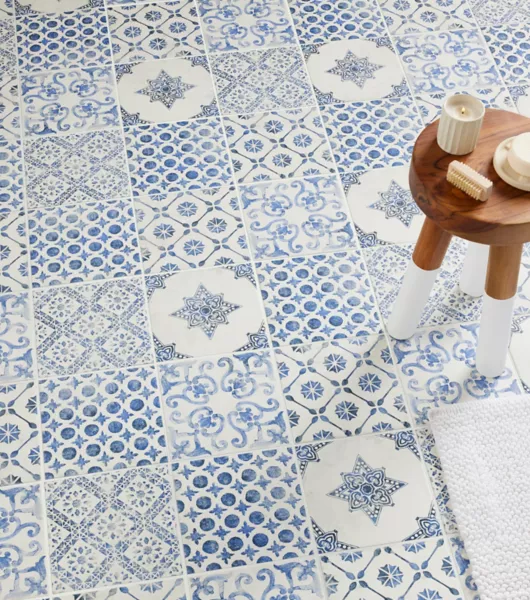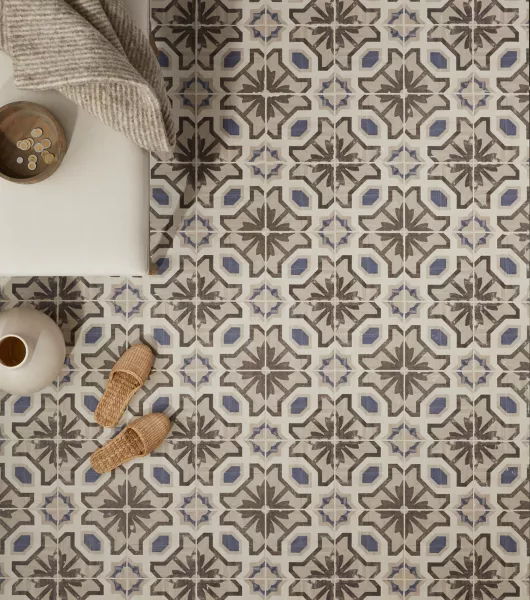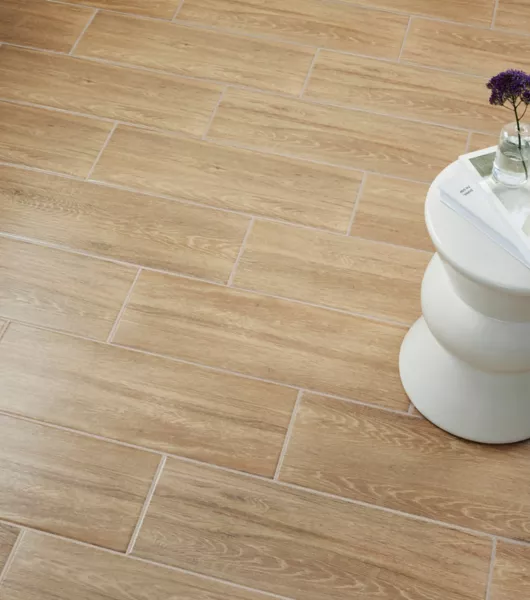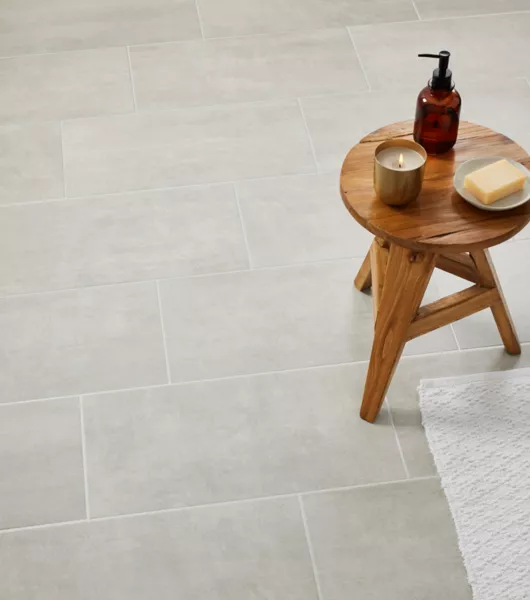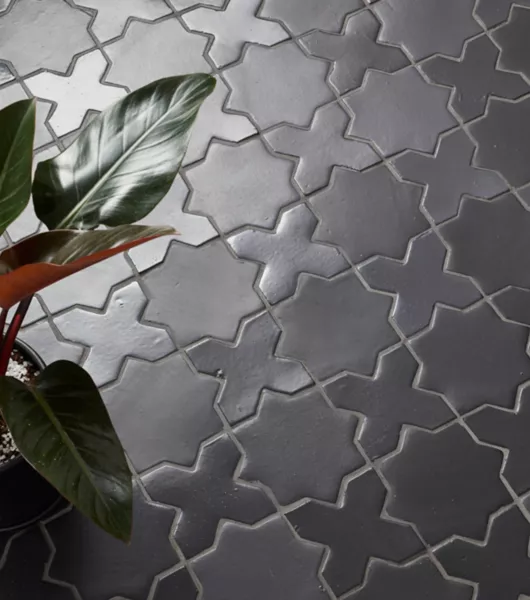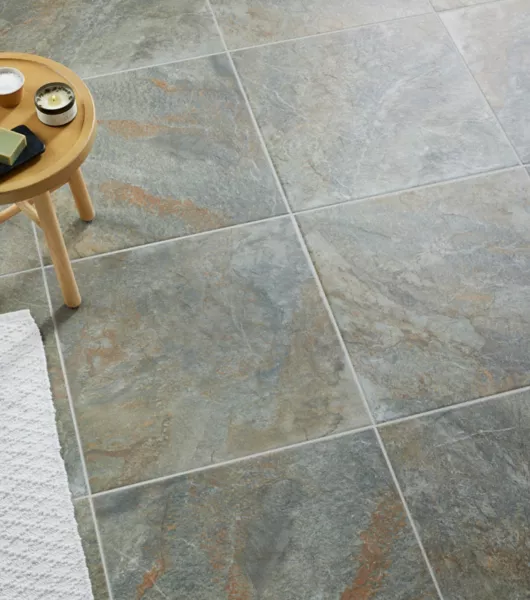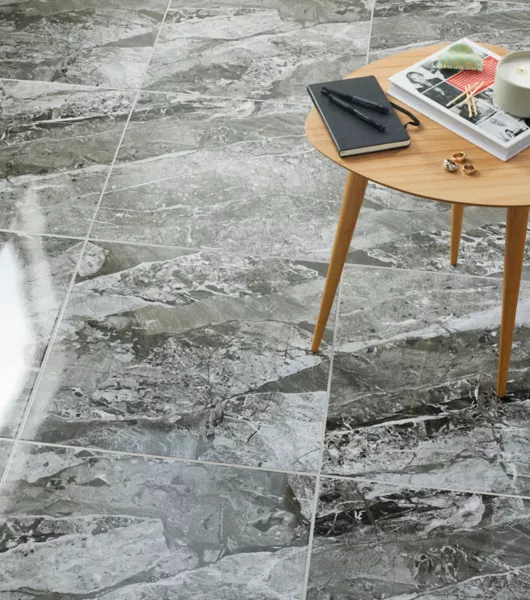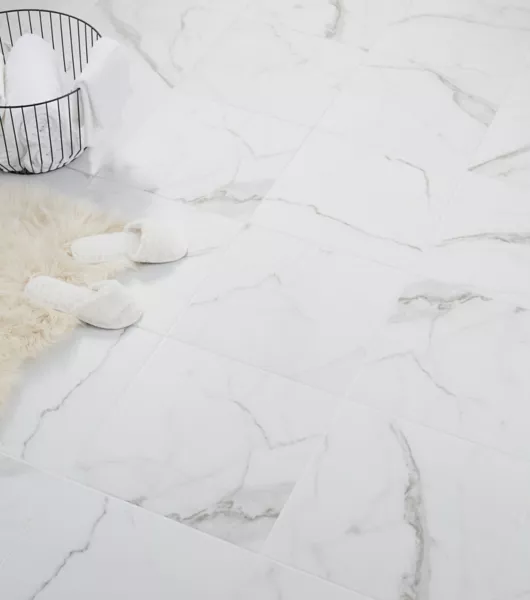Ceramic Floor Tile
Ceramic floor tile is durable, classic and, best of all, versatile. The variety of shapes, styles and colors that ceramic tile comes in is a large part of its appeal and popularity.
RELATED LINKS
Ceramic Floor Tiles: Durable and Versatile
Ceramic tile is strong, easy to maintain and cost-effective—an excellent choice for virtually any room in your home. Available in a wide variety of colors, shapes and styles, ceramic floor tiles are endlessly versatile.
Designing With Color
Blue, red, green, orange, grey, black, brown and classic white—ceramic tile comes in a rainbow of beautiful colors, adding to its appeal. With our wide selection of colored tile, faux finishes and patterns, you can create just about any look with ceramic tile, from kitchen floors that are as durable as they are beautiful to functional and inviting entryways.
Create Interest and Movement With Shape
Plank, mosaic, hexagonal, square and rectangular ceramic floor tiles all add beautiful style to your floor. Different shapes can drastically affect the feeling of your space. A herringbone or chevron ceramic bathroom floor tile creates elegant movement, while a simple square can create an appealing checkerboard pattern.
Natural Stone- and Wood-Look Ceramic Tile
If you like the look of natural wood or stone but want a material that’s easier to maintain, ceramic is a great option. Install wood-look ceramic tile in a bathroom for an easy-to-clean and durable floor that matches your main floor. You don’t need to limit yourself to the bathroom or kitchen, wood- or stone-look bedroom floor tiles will lend an air of distinction.
Our Experts Can Help
We know there’s a lot to consider when selecting your floor tile, but we have a wide selection and all the tools and materials you need for installation and care. Visit your local Tile Shop showroom and let one of our friendly sales associates help you find the right ceramic floor tile for your project.
